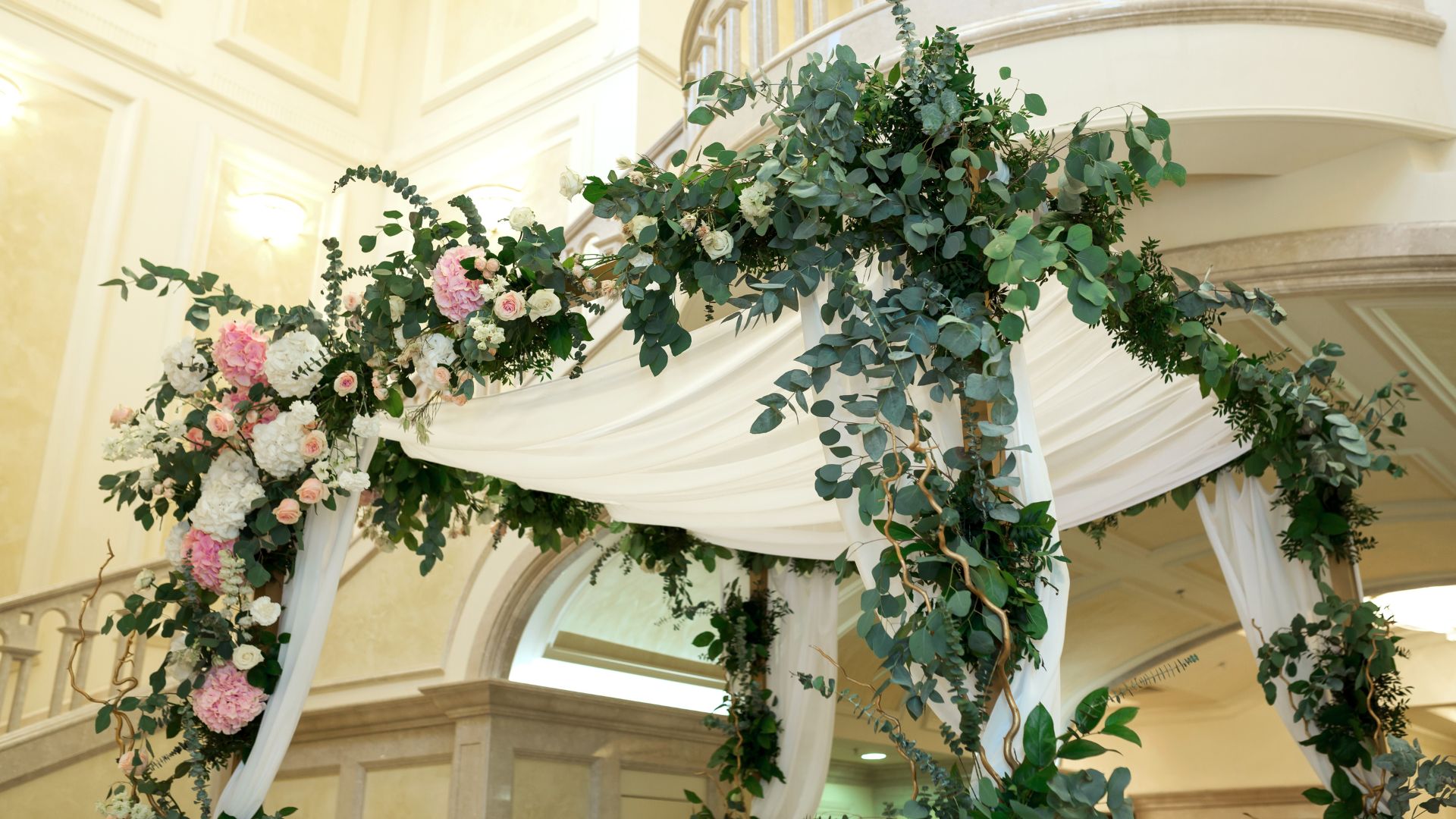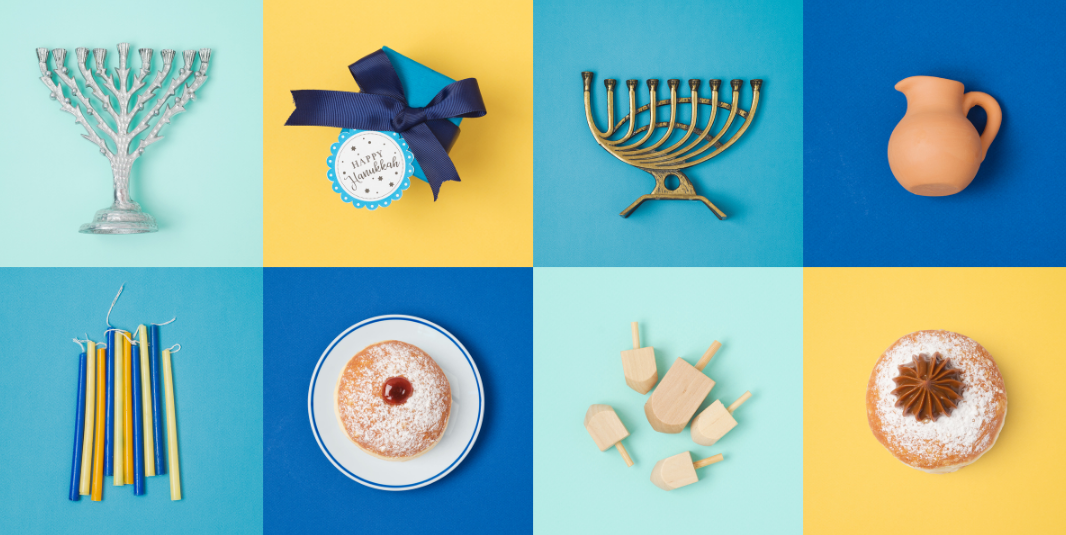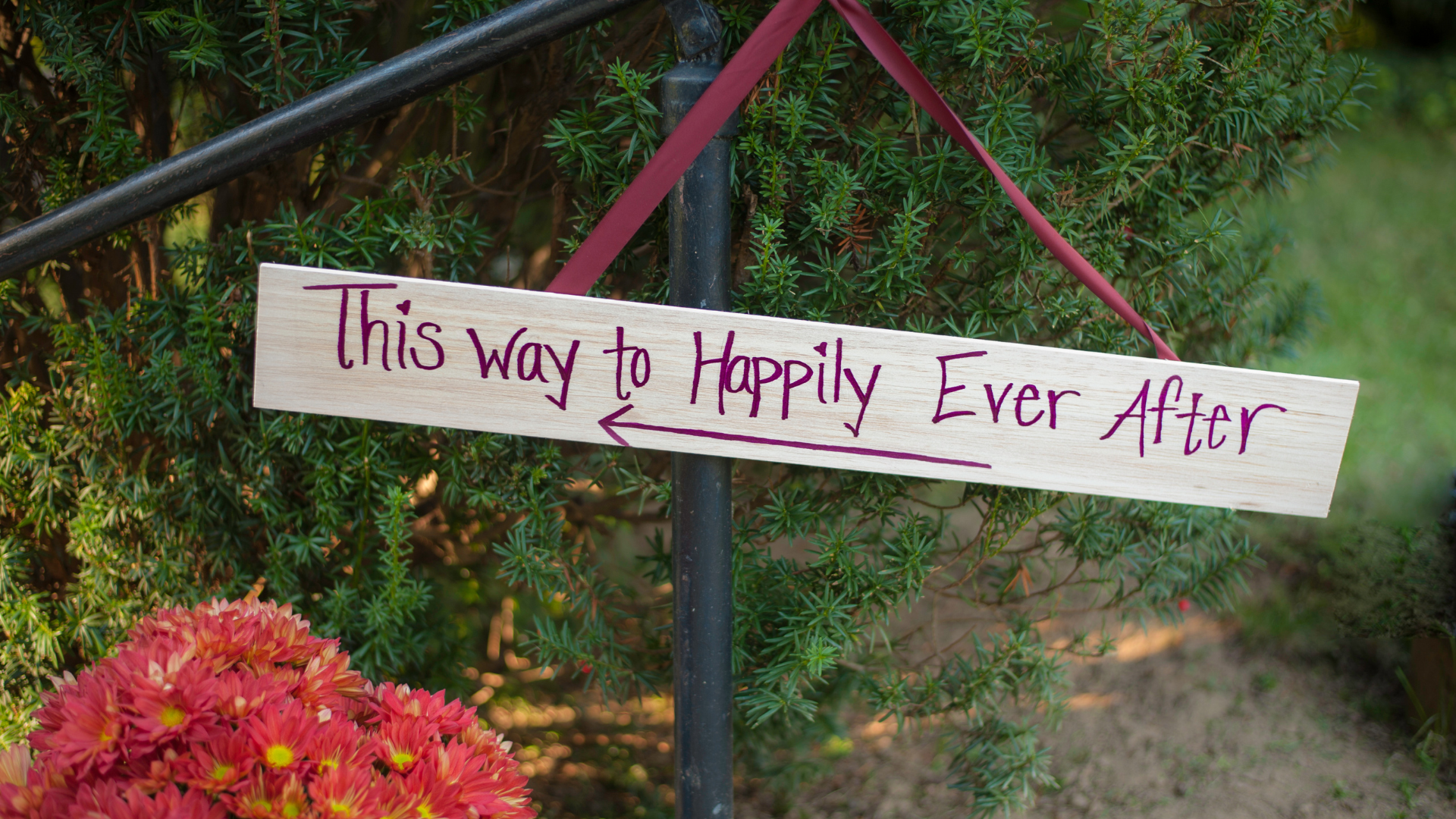(Image credit: Tobias Schwarz / AFP / Getty Images)
There has been a lot of conversation online recently about Vice President JD Vance’s comments regarding his desire for his Hindu wife, Usha Vance, to eventually convert to Christianity, and his claim that such a desire is common in interfaith marriages. According to Vance, “She is not a Christian and has no plans to convert, but like many people in an interfaith marriage — or any interfaith relationship — I hope she may one day see things as I do.”
I have been working with interfaith couples for more than a decade, running The Interfaith Families Project‘s Interfaith Couples Workshop since 2013. The Interfaith Families Project (IFFP) seeks to develop our children, ourselves, and our community through education about Christianity and Judaism, holiday celebrations, fellowship, spiritual gatherings, community service, and exploration of interfaith identity in an environment that encourages questions and respects different answers.
Started in 1995, IFFP is an independent community of interfaith families and others committed to sharing, learning about, and celebrating our Jewish and Christian traditions. Our core value is respect—for each other, for Judaism, and for Christianity. As a community, we celebrate, explore, question, and enjoy both religious traditions. IFFP members neither reject our religious backgrounds nor seek a new religion that is a mixture of Christian and Jewish beliefs. Instead, we believe it is possible—and desirable—to honor our distinct traditions and to share them with spouses, partners, and children.
While it is true that some interfaith relationships begin with the hope or expectation that one partner will convert, I have seen again and again that this dynamic is not a sign of a healthy or secure interfaith relationship. In fact, it is often a red flag. If a partner chooses to convert because it is genuinely meaningful to them, that can be a beautiful expression of identity and connection. But hoping or waiting for a partner to convert one day, or believing that a relationship will feel complete only if that happens, tends to create pressure, disappointment, and a lack of mutual acceptance.
What Healthy Interfaith Relationships Are Not
A relationship where one partner is waiting, hoping, expecting, or quietly planning for the other to eventually come around to their belief system is not a relationship built on trust and mutual respect. It is a relationship built on an unspoken condition: I love you, but I will love you fully once you become more like me. This kind of expectation can place subtle but powerful pressure on the other partner. It can make one person feel unseen or undervalued for who they actually are. Over time, it can create a growing sense of distance and disappointment on both sides. In my experience working with hundreds of interfaith couples, this hope for conversion is one of the most common sources of resentment, misunderstanding, and pain. In some cases, it becomes a contributing factor to the breakdown of the marriage.
What Healthy Interfaith Marriage Does Look Like
Healthy interfaith marriages begin from a different place: deep respect.
Not tolerance. Not compromise in the sense of giving things up. Not avoiding the hard conversations. But a genuine, full-hearted respect for the other person’s beliefs, identity, and experiences.
In the healthiest interfaith marriages I have seen, whether between Christians and Jews, Muslims and atheists, Buddhists and Christians, or secular humanists and Catholics, or any other combination, there is no secret or not-so-secret agenda to change the other person. Instead, the relationship is grounded in the belief that this person is already whole and beloved as they are.
Partners in healthy interfaith marriages:
- Listen to one another’s spiritual lives with openness
- Ask questions out of curiosity, not to debate or convert
- Make space for each other’s practices and traditions
- Honor the emotional, cultural, and ethical meaning of one another’s beliefs
- And ultimately, love each other for who they truly are, not who they might become
Your Partner Is Not a Conversion Goal
When someone says, “I love my partner, but I hope one day they convert,” what they often mean is: I need my partner to share my worldview in order for me to feel secure. Interfaith relationships invite us into a richer understanding of love, one that does not require sameness to feel safe. The strongest interfaith couples I have worked with do not avoid differences. They learn how to sit with them, talk about them, celebrate them, and grow from them. Their marriage becomes a place where both partners can deepen their own understanding of belief, values, meaning, and purpose.
The Truth I Have Learned After 12 Years of Interfaith Work
If there is one thing I have learned, it is this:
Interfaith marriage is not about becoming the same. It is about learning how to remain different together.
Togetherness in a healthy interfaith marriage is built on respect, curiosity, affection, vulnerability, and trust, not on conversion. The hope is never, “One day you will be more like me.” The hope is always, “We will continue to become more fully ourselves, side by side.”
Healthy interfaith marriages are not built on the expectation that one partner will change. They are built on mutual respect, curiosity, and love for who each person truly is. If a partner chooses to convert for the right reasons, because it is personally meaningful to them and not because their spouse desires it, then that can be a beautiful expression of identity and connection. Partners in strong interfaith relationships learn to navigate differences with openness, celebrate the richness of distinct traditions, and grow together without compromising their individual identities. The most lasting marriages I have seen are those where each partner feels fully seen, valued, and honored for the beliefs they bring to the relationship. In this way, interfaith couples can create a shared life that is both deeply connected and authentically themselves.

Strengthen Your Interfaith Relationship
Healthy interfaith relationships do not require one partner to change the other. But even the strongest couples can benefit from support, guidance, and the chance to learn from others navigating similar experiences.
Our Winter 2026 Interfaith Couples Workshop: Growing as a Jewish/Christian Couple offers just that. This four-part series is designed for couples who are dating, engaged, or married, and want to explore life together as a Jewish/Christian couple. Sessions build on each other to provide practical tools, space for reflection, and meaningful conversations about faith, love, and family life.
Led by IFFP’s clergy and including insights from author and long-time IFFP member Susan Katz Miller, the workshop creates a safe, engaging environment to strengthen your connection, celebrate your differences, and grow together.
Registration is open now. Join us to deepen your partnership with respect, curiosity, and love.




